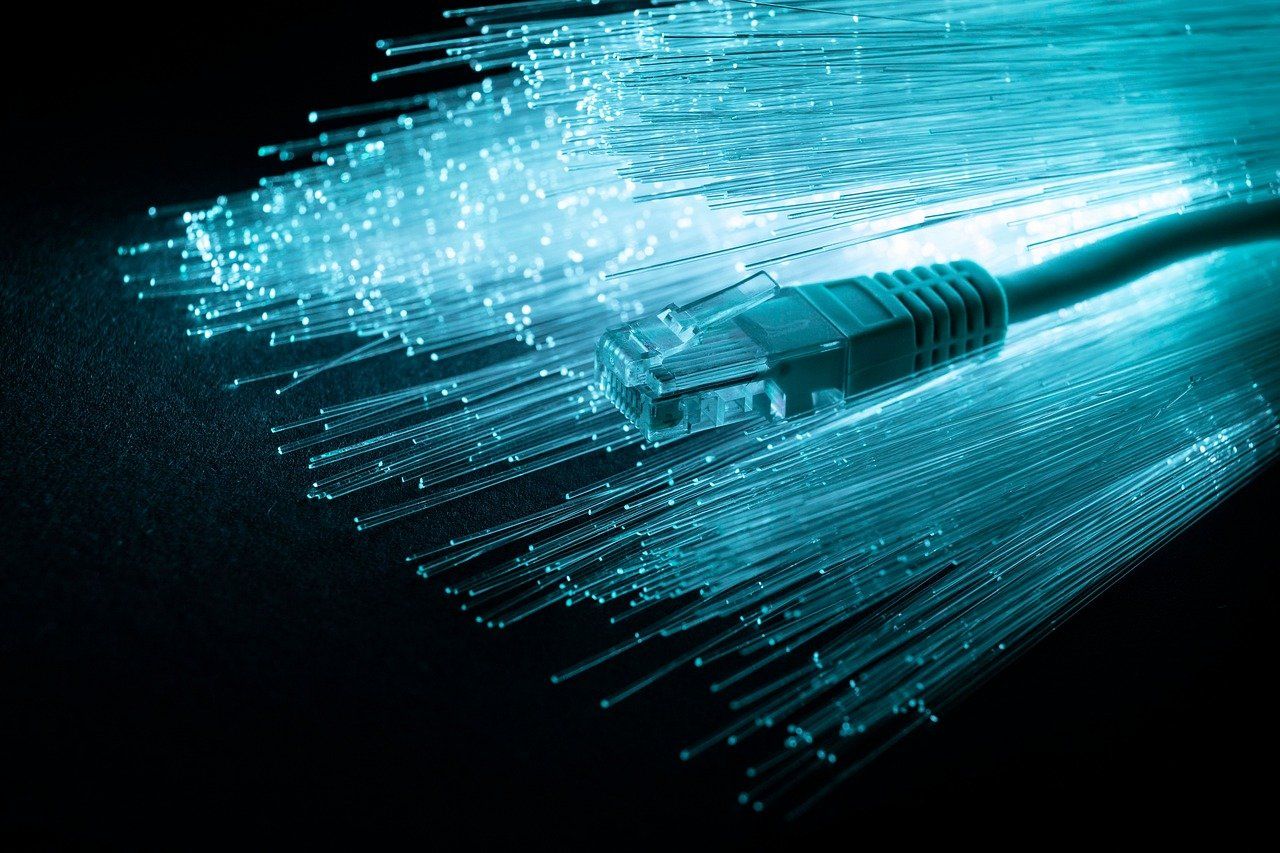⚡ This hollow optical fiber promises to make the Internet faster and more efficient
Published by Cédric,
Article author: Cédric DEPOND
Source: Nature Photonics
Other Languages: FR, DE, ES, PT
Article author: Cédric DEPOND
Source: Nature Photonics
Other Languages: FR, DE, ES, PT
Follow us on Google News (click on ☆)
The idea relies on a key difference: light travels faster in air than in glass. Engineers from Microsoft and the University of Southampton have developed a fiber capable of channeling this light flow with unprecedented efficiency.

From old limitations to initial progress
Glass optical fibers form the infrastructure of current telecommunications, but they slow down and partially weaken the light flow. Each kilometer causes measurable attenuation, requiring frequent signal amplification. These constraints increase costs and limit transmission speeds.
Over decades, design adjustments have improved these performances. However, until recently, no hollow fiber had managed to surpass the reliability of solid glass fibers, which maintain a minimal loss of 0.14 dB/km.
A novel design at Microsoft
Researchers have developed a structure called "double nested antiresonant nodeless hollow core fiber". Thin silica membranes surround the air core and guide the light with remarkable precision. The whole system functions like an invisible corridor, in which the light signal progresses without escaping.
The results, published in Nature Photonics, show an attenuation of only 0.091 dB/km, the lowest ever recorded for this type of fiber. This value remains slightly variable between tests, but always lower than that of conventional fibers.
Beyond this efficiency, transmission gains speed: light travels in air at approximately 300 million meters per second, compared to 200 million in glass. The team announces a gain of nearly 50% in speed, paving the way for much more responsive networks.
Towards new applications
Such progress could transform data center management. Reduced latency would shorten the time needed to transfer huge volumes of information between distant servers. Artificial intelligence and massive model training would directly benefit. Prospects could also extend to medicine and transportation, among others.
Francesco Poletti, the originator of the concept and co-founder of Lumensisity (a company acquired by Microsoft a few years ago), emphasizes that such a system reduces the number of amplifiers used, which lowers the energy consumption of networks. This advancement could thus contribute to a more sustainable Internet.